Once you have your pasta, either freshly-made or bought-dry, there are some tips that we need to discuss about cooking your pasta. There are some myths out there that won’t help your pasta at all to develop that beautiful and glossy shine when mixed with pasta sauces. But don’t worry! Flavours Holidays are here to help you to cook authentic Italian pasta!
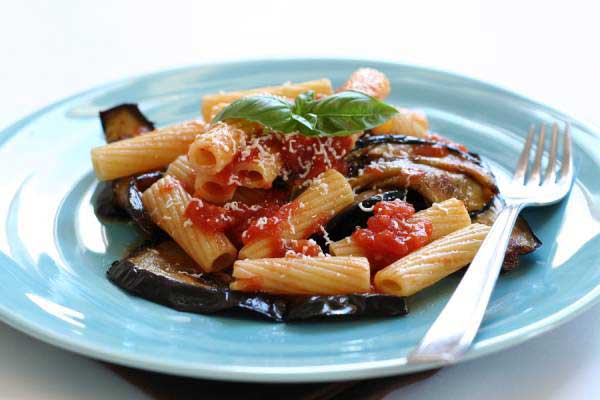
Pasta alla Norma on a plate
1. Boil a large pot of water
By large, I mean very large. Boil more water than you have ever boiled before for pasta. The general rule of thumb is to boil 1 litre of water per 100 grams of pasta. Remember though that 100 grams of pasta serves only one person, so don’t forget to times it by the amount of guests at your dinner party. This gives the pasta room to move around in the water without getting stuck to the bottom of the pan.
Our first myth is that you don’t need oil to stop pasta sticking to the bottom of the saucepan or sticking together. To make pasta authentically you can use more water and stir the pasta. Oil will only stop the pasta from absorbing the pasta sauces afterwards.
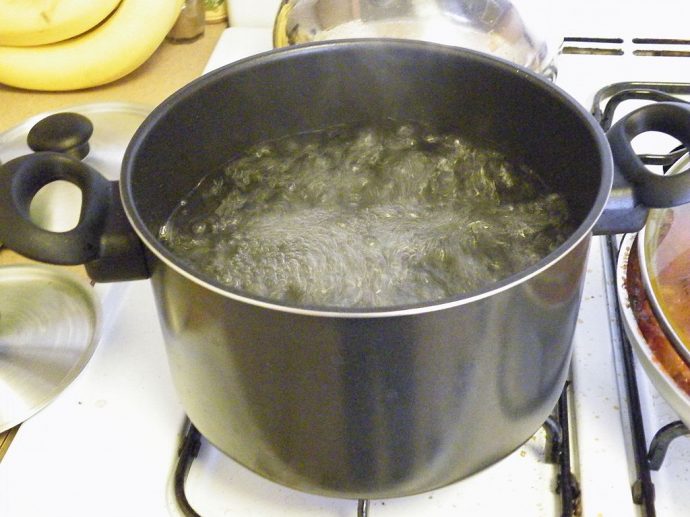
GRAN [GFDL (http://www.gnu.org/copyleft/fdl.html) or CC BY 3.0 (https://creativecommons.org/licenses/by/3.0)], via Wikimedia Commons
2. Add salt to boiled water
‘Sale grosso’ means ‘cooking using salt’ to make beautiful pasta in the true authentic Italian way.
Don’t put the salt in before the water is at a steady boil! If you add the salt in too early your water will not be able to reach the maximum temperature. This is because salt is added to raise the temperature of the water to the maximum, meaning less time for your pasta to be in the water so that it won’t become too wet and soggy.
Italians suggest adding 1 tablespoon, or 10 grams, of rock salt to every 1 litre water. It is a lot of salt, but trust our Italian chefs and give it a go. You will be surprised with how much it affects your pasta.
After adding salt, and tasting the water to make sure it isn’t too salty for you taste, wait a minute or two before adding the pasta. If you add the pasta before the water is at a rolling boil, it won’t cook all the way through consistently. Italians call this ‘sciapa’, meaning ‘without salt’, which is one of the many ways you can cook pasta wrong.
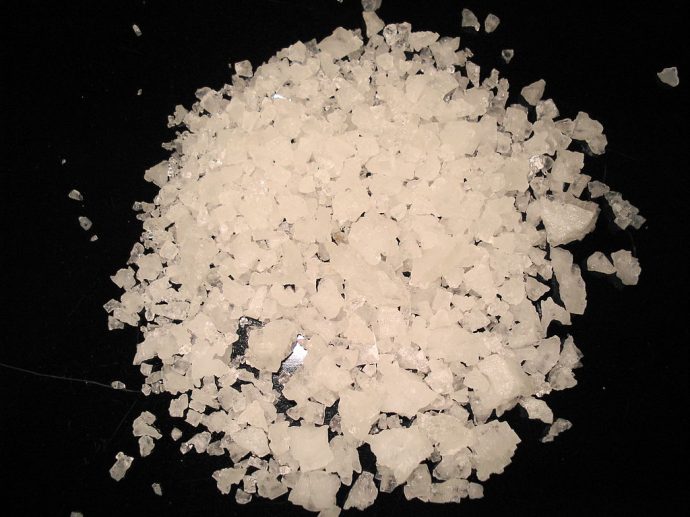
3. Add pasta to salted boiling water
After all your preparation, you can finally add the pasta. With longer pasta, please don’t break it! Using more water will mean that it will fit in the saucepan, and using longer pasta will mean that more of your gorgeous sauce will be able to stick to it. When the pasta is added, stir it around so that it doesn’t sink and stick to the bottom of the pan.
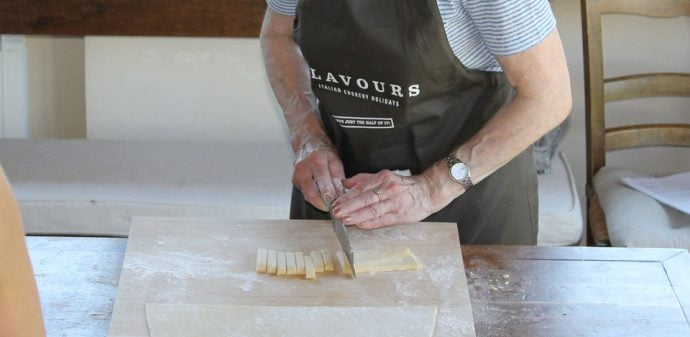
4. Time pasta to be ‘al dente’
Follow the timing suggested on the packet of the pasta, and then test half way through until the pasta is ‘al dante’. ‘Al denta’ means literally ‘to the tooth’, which means ‘with a bite’. So if you want to get the most authentic ‘al dente’ pasta, you need to keep trying the pasta until there is a slight bite to it and it isn’t sticky. Once you get used to making pasta this way, you will be able to identify when the pasta is ‘al dente’ by noticing a thin segment in the middle of the pasta that is a lighter colour that the rest – this is called ‘punto verde’, meaning the ‘green point’. When the pasta is overcooked, which Italians call ‘scotta‘ – ‘undercooked‘ , this ‘punto verde’ colouring with disappear.
Some Italian chefs recommend to take the pasta out 1-2 minutes before ‘al dante‘, for the pasta to then continue to cook in the sauce. But that depends on what sauce you want to have with the pasta, whether a cold sauce or a hot sauce.
5. Reserve a cup of the starchy pasta water for sauce
Once the pasta is cooked, add it straight to the sauce. Don’t rinse the pasta under water, because this will stop the pasta from being able to absorb your delicious sauce. Before pouring out the pasta water though, you want to reserve a cup of the starchy pasta water and add it into the sauce. This will create texture and help to emulsify the fats in the pasta with the water.
One tip from our Italian chefs is to add oil and not butter when making pasta sauces other than risotto. This will make your sauce smooth and shiny.

6. Reuse the excess pasta in other dishes
If you realise that you have made too much pasta, you can now get your creative juices out and re imagine your pasta in another dish. You could use your pasta in a salad, in a Lasagne, the list is endless. Italians suggest not reheating the pasta, because it will not be the same as when you first made it. So Flavours would suggest sticking to our Italian chefs, and creating some new creations.
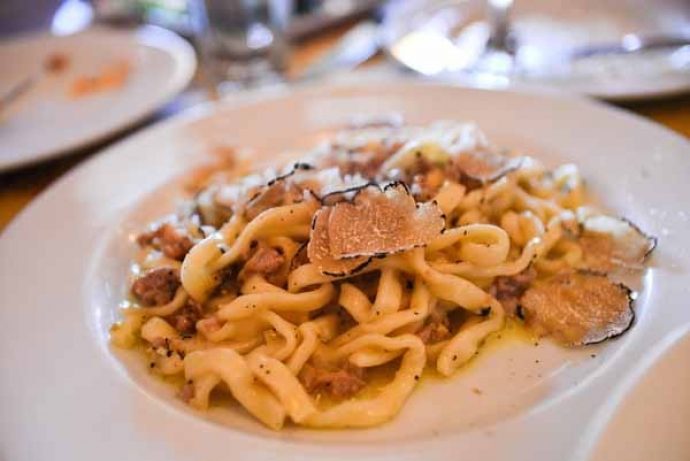
We hope you feel inspired to meet our Italian chefs in our lovely locations in Italy for a cooking holiday. If not, we at least hope you will begin your endeavour to understand how to make pasta the right, true-to-the-Italian-culture way.
If you are interested in knowing more about pasta, check out our post on the interesting history of pasta in Italy.
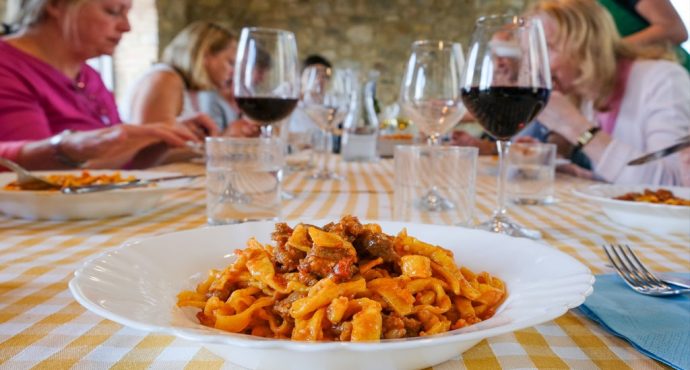





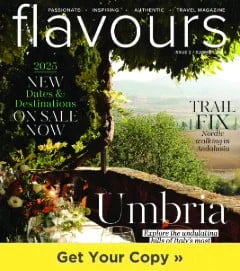


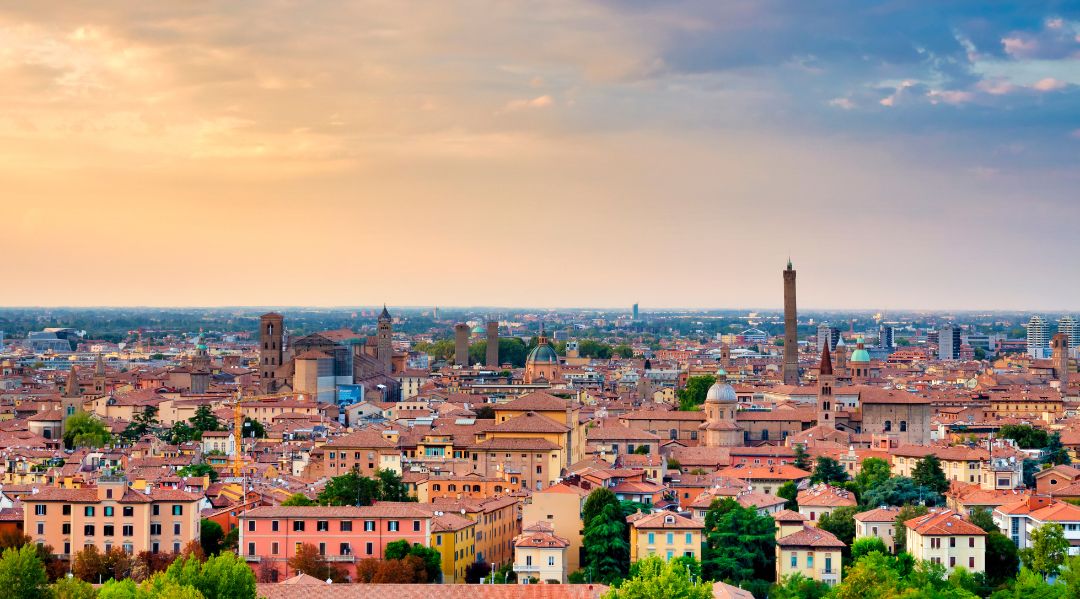
Join the Discussion